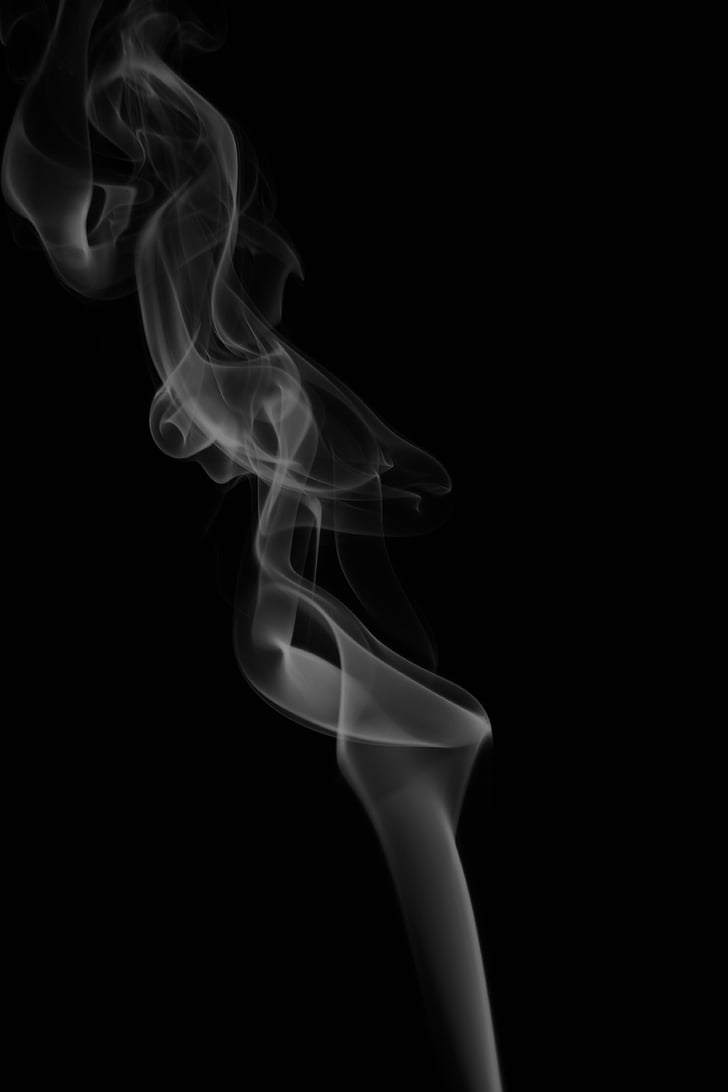When the Vatican released the white smoke at the conclusion of the conclave, I couldn’t wait around a TV to see who the new pope would be. I had somewhere I had to be. It was announced while I was on my way.
The exact moment the world found out it was to be Leo XIV—amazingly, an American—I was in a turn lane waiting to get on the Interstate. A man in front of me in a work truck also must have been listening to the radio. The man raised his hand out of his open window and cheered. If we had been standing together, we probably would have high-fived each other.
That night, I had a dream. I was in the square at St. Peter’s in Rome. In the dream, my eyes were fixed on the chimney. Would the smoke be black or white? The smoke was white! I cheered.
This kind of dream, where you fill in the visual blanks on important events, had to have been more common in the days before TV. TV lessens the need for imagination. These days, your subconscious only has to fill in the blanks where no pictures are available.
Even though they’re less common, you may get a “live action dream” from time to time during your nightly sojurn to Dreamland.
The medium is the message
Famously, the Kennedy-Nixon debate in 1960 showed the stark contrast between audience perception and the media. Both candidates had fairly similar programs. Voters who listened to the debate on the radio proclaimed Nixon the victor. Voters who had watched it on TV overwhelmingly chose Kennedy. Despite having more name recognition than Kennedy at the time (Nixon had been vice president for eight years), Kennedy ended up winning the election. In polls, voters intoned that viewing the debate on TV had largely influenced their vote.
Your mind fills in the blanks when visual details are missing. Presumably, one of the ways the mind has of doing this takes place when you’re asleep. When Marshall McLuhan coined the expression “the medium is the message,” he was intoning the medium (TV, radio, newspaper, word of mouth) shapes how people perceive the message.
In the case of the 1960 presidental debate, the medium became the message. It shaped perceptions of which candidate to trust to lead the country over the next four years.
Live action dreams
With TV and online video streaming, people surely have less of this type of dream in modern times. When it comes to events that are important to us or that seem significant, we often have video footage. It’s not necessary to fill in any missing information.
Your brain will use whatever information it has to fill in the blanks. I had seen pictures of St. Peter’s Square where the multitude waited to see who the new pope would be. My dream of waiting there was pretty accurate. On the other hand, years ago, in a summer in Yosemite far away from TVs of any kind, I had followed the Iran-Contra hearings with Oliver North through reportage in the Los Angeles Times. When I had a dream about that, some parts of the dream had turned out very differently from what the scene had looked like in real life.
Why do we have live-action dreams?
If you dream about these events, they’re important to you. It’s that simple. Your subconscious is sketching out the parameters so you retain the information in a meaningful way. In your dream of the important event that you didn’t see on TV, you may not see the exact face of the individuals involved. They might not be standing in the exact place you imagined in the room. The background, too, may be different.
None of that matters as much as what happened and how you feel about it. Sometimes, too, when it’s something in your sphere of influence, as what you’re going to do next.
Also on the blog:
James Cobb RN, MSN, is an emergency department nurse and the founder of the Dream Recovery System. His goal is to provide his readers with simple, actionable ways to improve their health and maximize their quality of life.
We use some affiliate links. If you click on a link and make a purchase, we may receive a commission. This has no effect on our opinions.
